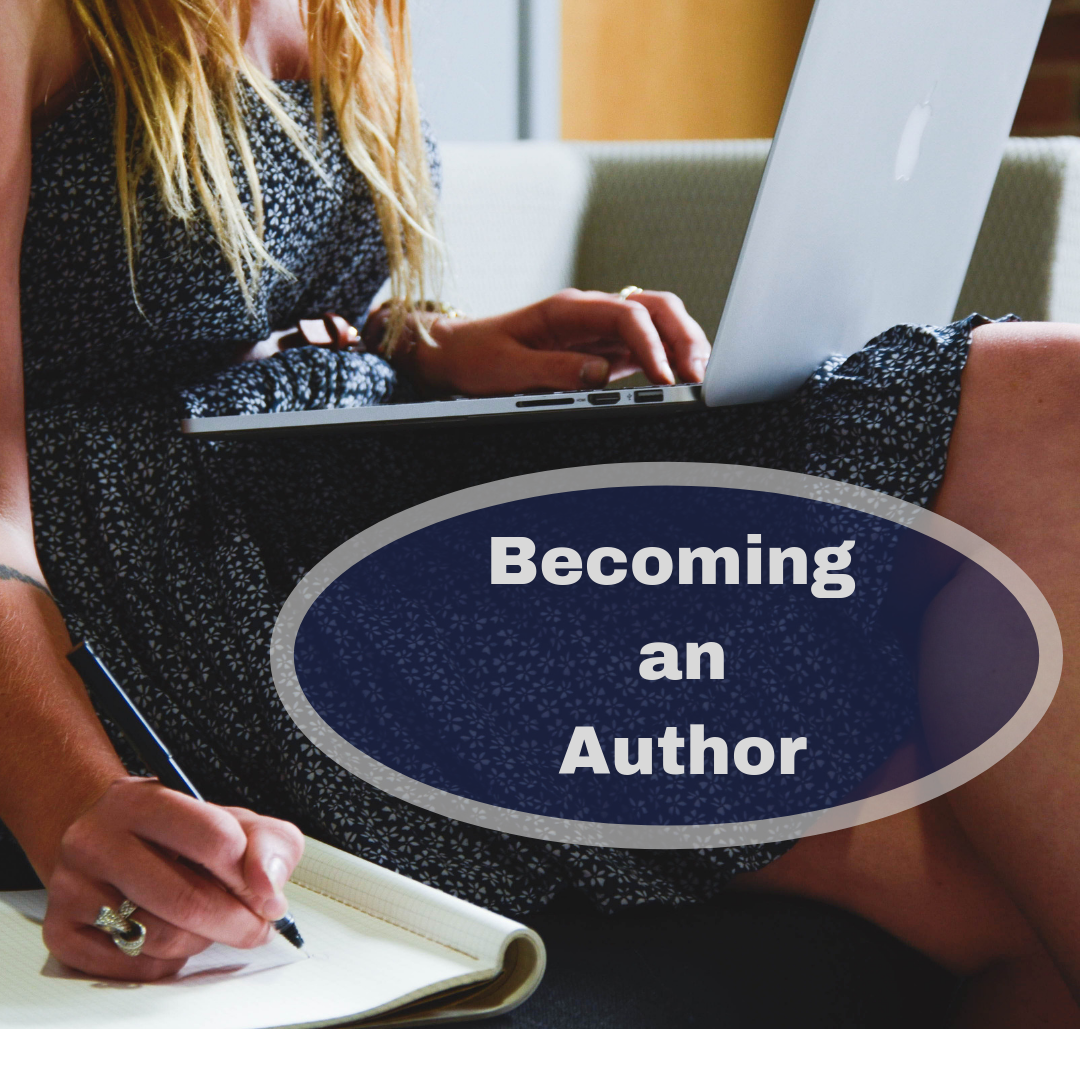
Becoming a Productive Writer Interview with YA Author Melody Personette
I’ve been following YA author Melody Personette for a while, and admire her tenacity and ability to keep producing.…
March 28, 2025
I’ve been following YA author Melody Personette for a while, and admire her tenacity and ability to keep producing.…
March 28, 2025
Young adult author Rachel Kovaciny recently released her eighth book, A Nobel Companion, a retelling of the ugly duckling…
February 26, 2025
How do you feel about end-of-year evaluations? Confession time: Shiny new planners excite me, but when we near the…
January 28, 2025
It can be tricky to grab a reader and plunge them into a different world, and even more so…
July 27, 2024
When I heard that Rachel Kovanciny recently worked with One Audiobooks to produce her guide: Explore Charlotte Bronte’s classic…
June 27, 2024
Young adult author Michelle Dykman isn’t afraid to tackle tough subject in her young adult novels. Her three book…
April 27, 2024
V. Romas Burton is the author of two fantasy series, Heartmaker and The Legacy Chapters. Her latest release, Justified,…
March 27, 2024
Tabitha Caplinger is the author of The Chronicle of the Three Trilogy, The Wolf Queen and, most recently, The…
February 28, 2024
Sara Watterson’s young adult novel, The Dreamer, was recently named as a Christy Award finalist for 2023. I thought…
October 27, 2023
Sometimes it’s hard to remember all the emotions, feelings, and concerns that young teens have. Times change, attitudes change,…
July 27, 2023
Today I’m talking with Sci-Fi YA author and fellow columnist here on Almost an Author, Sophia Hanson, about microfiction.…
May 27, 2023
Note from Donna Jo: The topic of critique pet peeves came up during a conversation in my weekly writing…
April 28, 2023
For young adult authors one of the ways to connect with readers is through school visits. I asked Author…
March 27, 2023
It’s incredibly exciting to have a new story idea. The characters develop in our mind and seem to be…
December 27, 2022
I recently asked an avid reader what one of their fiction pet peeves were. The answer? Too many flashbacks…
November 28, 2022
M. J. Padgett is a YA author and co-owner of Pirate Cat Publishing and I asked her advice about…
October 28, 2022
Congratulations! You finished your book or fiction piece. You’ve made sure to develop your characters and nailed your GMC.…
January 27, 2022
I’ve never liked the term writer’s block and prefer to call it writer’s exhaustion, but it means the same…
July 27, 2020
If you’ve queried in the past five years, you’re familiar with the plea for diverse books. Publishers and readers…
May 27, 2020
Finding a reliable and dependable beta reader can be a challenge. They often bail on you. Why? This topic…
April 27, 2020
When I receive a new submission at Illuminate YA fiction (teen imprint of LPC Books), I can usually determine…
February 9, 2020
I love a good podcast and listen to several. Recently, I found The Hope Prose Podcast by young adult…
January 27, 2020
Sometimes writers have a hard time sticking to one genre. I’d thought I see what Judy Christie had to…
October 27, 2019
Every once in a while, on one of my writers’ lists or on facebook, someone will want to know…
June 27, 2019
At a recent writers’ group meeting, a member asked, “What, exactly, is young adult?” I gave the short answer:…
March 27, 2019